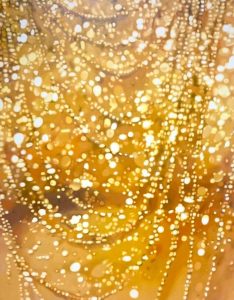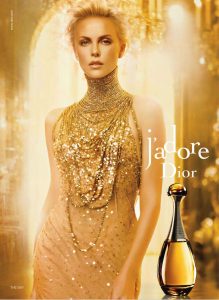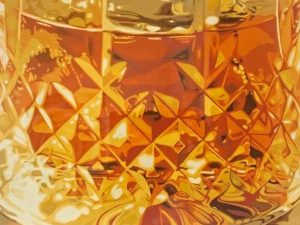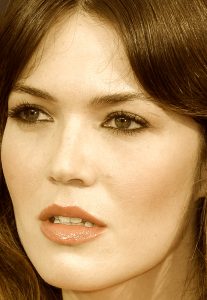I really enjoyed visiting with Julia Jacquette today. It was a unique experience to get to walk through an art exhibition with the artist–something I’ve never had the chance to do so before. I loved being able to ask her questions and hear how she interpreted her works, made certain decisions, and even to see how we would sometimes see something that wasn’t intentional on her part. One of the things that stuck out most to me was when she was explaining the process she went through curating material for each page of her memoir. Between going to the library, doing google searches, compiling pictures from her family albums–among other things–it was an extremely extensive process. And it really reminded me of a collage of sorts. Not of the physical material brought together as we saw in the examples we’d studied in class; but more so a collage she put together in her mind, repurposing all the material she collected into a new work. To this end, it made me think that we’re always doing some sort of collage in our minds. Be it bringing together sources in a paper, drawing on different influences in a work, today was a reminder of how much the works we produce are amalgamations of what we’ve learned and experienced. Julia Jacquette’s work was like this, only more so, because of all the pieces she’d purposely gone out searching for to illustrate her memory.
It was also really special to hear the personal sentiments behind each work. I’d have to say my favorite page after meeting with her would have to be the first page with her and her mother. It brings to mind a specific brightly patterned shirt I always remember my mother wearing when I was a child. I was actually able to remark upon it when I was back home for the break and we had dug it up from an old box. It brought surprisingly vivid memories and feelings of comfort and nostalgia–akin, somewhat, to what I imagine the emotions behind this page are.







